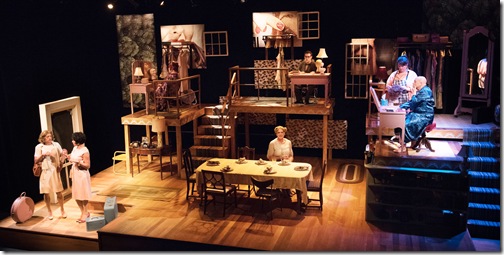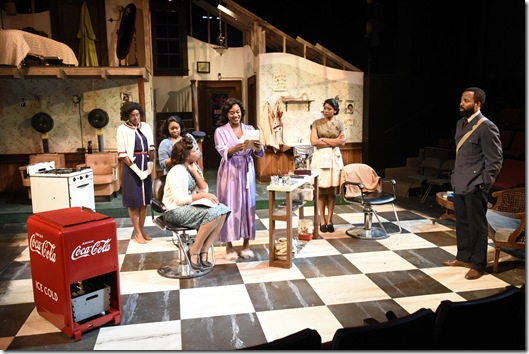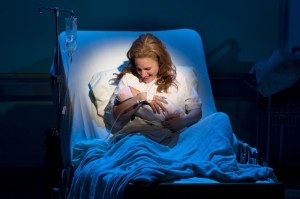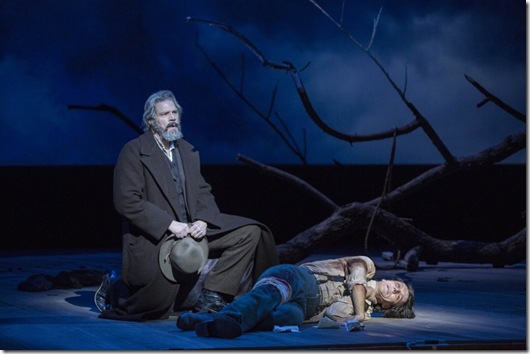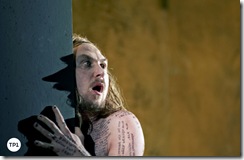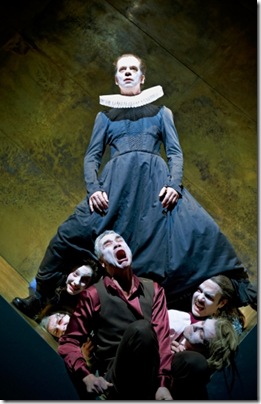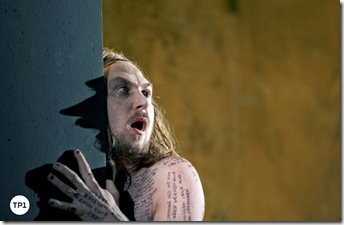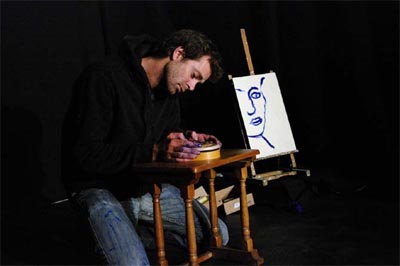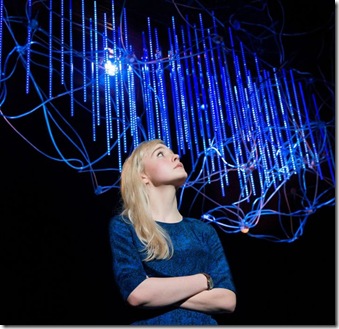Des doutes et des errances»… de la théâtralité ? Gerty Dambury en Martinique
8 novembre 2015. Paru dans Madinin-art, Fort-de-France
— Par Roland Sabra —
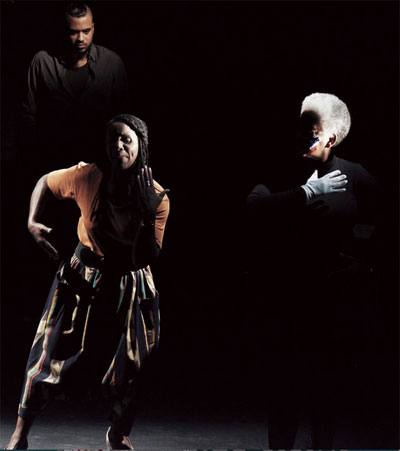 « La théâtralité, c’est le théâtre moins le texte ». On connaît la formule, approximative et qui dans ce raccourci déforme la pensée de son auteur plus attaché qu’il n’y paraît à l’équilibre entre scène, texte et présence du spectateur. Qu’un de ces trois pôles disparaisse, s’effondre ou simplement faiblisse et il n’y a plus de représentation théâtrale. C’est qui est arrivé à « Des doutes et des errances » la pièce de Gerty Dambury, mise en scène par Jalil Leclaire et présentée au public martiniquais le 07/11/2015.
« La théâtralité, c’est le théâtre moins le texte ». On connaît la formule, approximative et qui dans ce raccourci déforme la pensée de son auteur plus attaché qu’il n’y paraît à l’équilibre entre scène, texte et présence du spectateur. Qu’un de ces trois pôles disparaisse, s’effondre ou simplement faiblisse et il n’y a plus de représentation théâtrale. C’est qui est arrivé à « Des doutes et des errances » la pièce de Gerty Dambury, mise en scène par Jalil Leclaire et présentée au public martiniquais le 07/11/2015.
Peu après la grande grève de 2009 en Guadeloupe Gerty Dambury écrit une pièce de théâtre « Les Atlantiques amers » dans laquelle sept personnages échangent, s’interrogent s’affrontent, de part et d’autre de l’océan, à propos de ce mouvement qui dans son antienne « « La Gwadloup sé tan nou, la Gwadloup a pa ta yo, yo péké fè sa yo vlé an péyi an nou » pose clairement faute de pouvoir y répondre la question de l’identité. Qui est ce « nou » ? et par conséquence qui est ce « yo » Quelles en sont les composantes ? Dans quel camp sont les Békés ou leurs descendants ? Et les « métros » ? Faut-il tenir compte de la durée de leur installation ? Et ceux péjorativement dénommés « négropolitains » ou « nègxagonaux » ou que l’on désigne d’un autre terme plus neutre celui-ci de diaspora ? A quel titre sont-ils encore et toujours guadeloupéens -ou martiniquais- celles et ceux qui ne viennent « au pays » que pour les vacances, une année sur deux si ce n’est moins ? Droit du sol ou droit du sang ?
